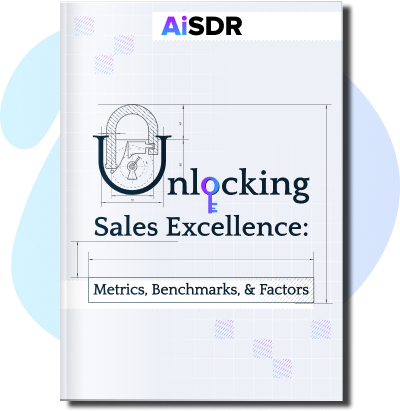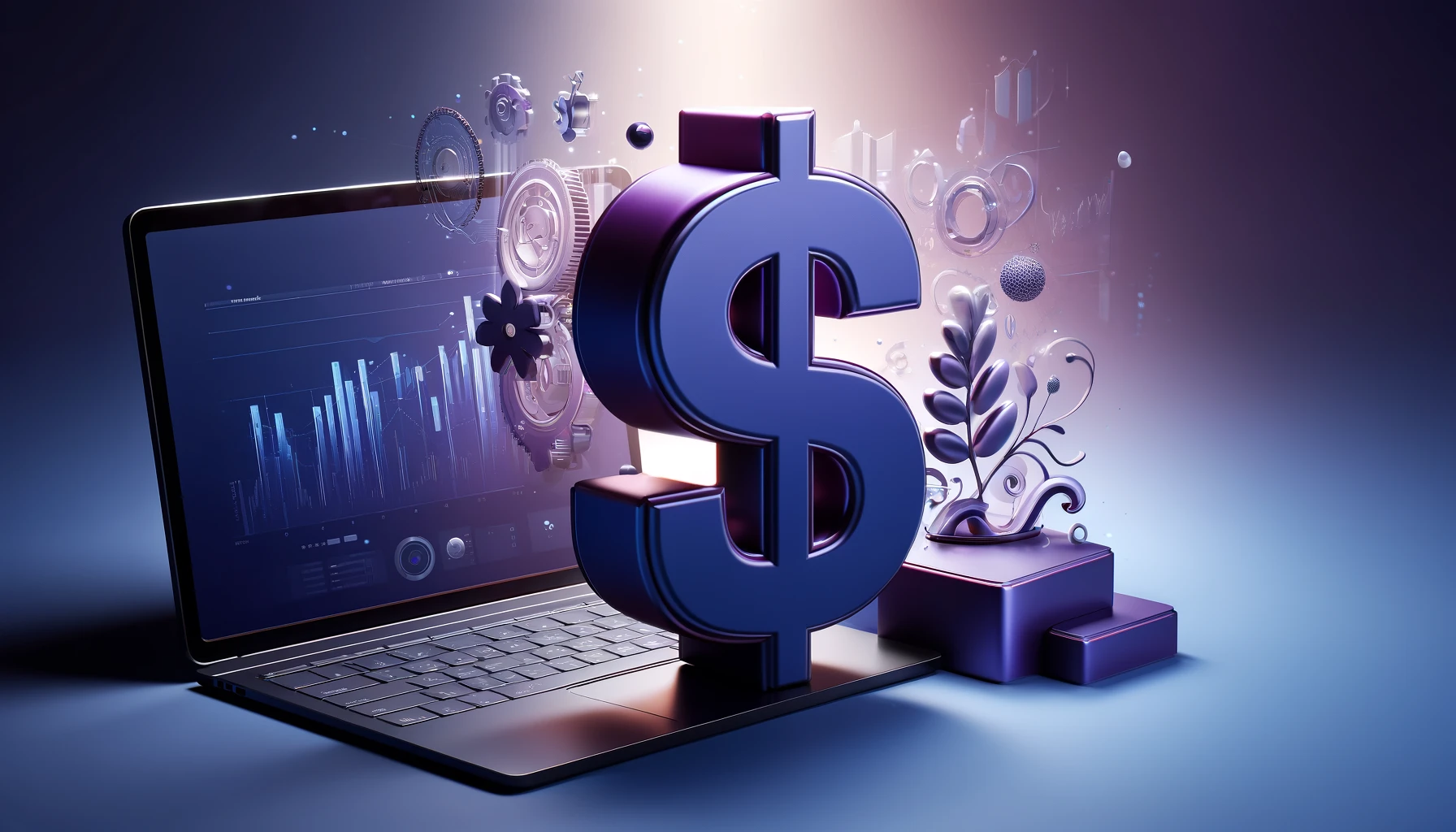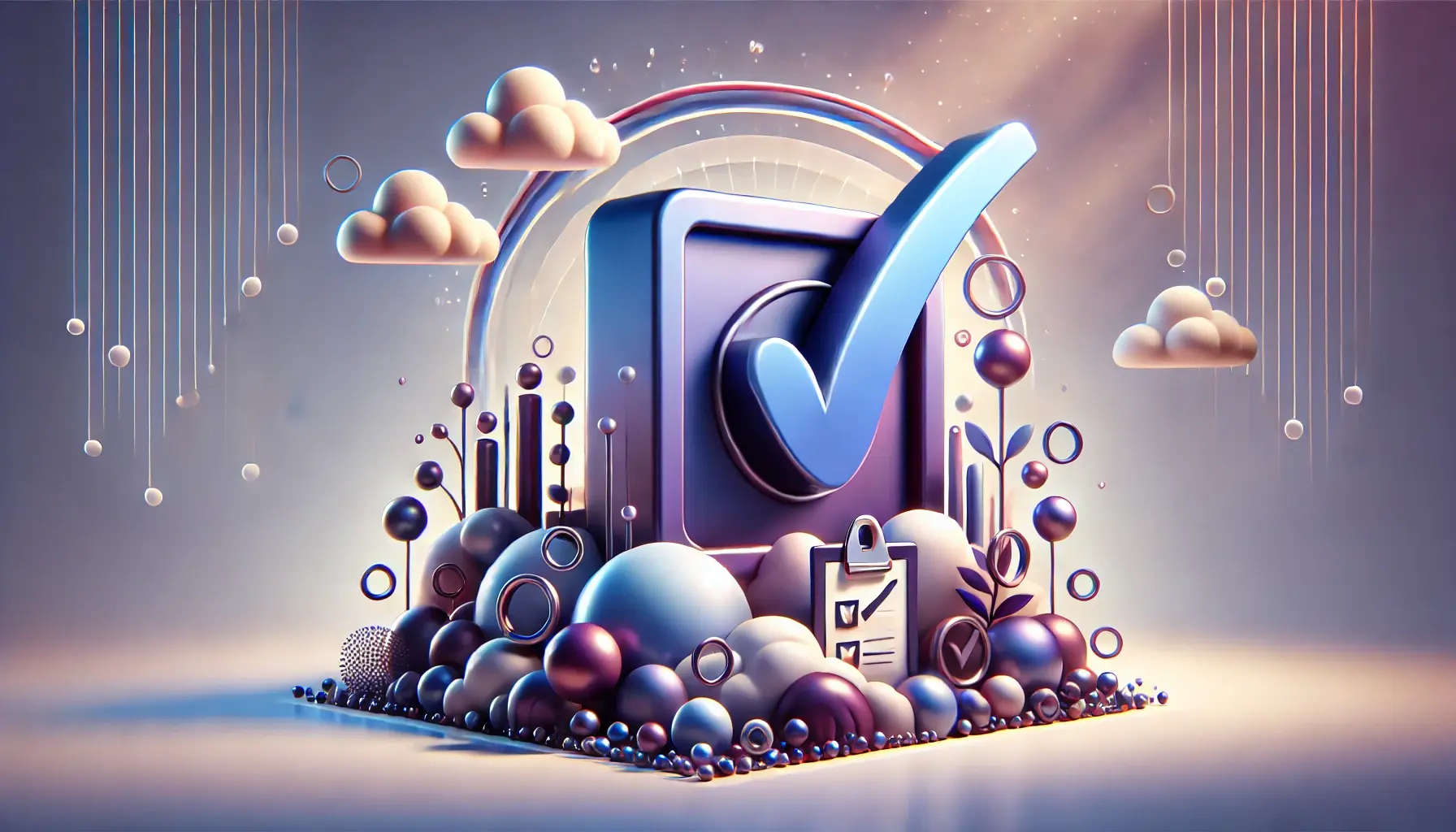Sneak Peek into Our Strategy to Win the AI SDR Market

Here’s a closer look at how we’re trying to win the AI SDR market
Winning the AI SDR market isn’t just about having a great product that delivers results. That’s just one part of the equation.
It’s also about standing out, getting people’s attention, and becoming the go-to solution for a critical problem.
Here’s a closer look at how we’re trying to accomplish this at AiSDR.
TLDR:
- The goal: Win the AI SDR market
- The tactic: Use 5 tactics that start-ups can follow to contend with larger competitors
- The result: Become the leading AI SDR provider in the space (if all goes well)
Step 1: Capture attention better than your competition
Incoming prospects need to accomplish 2 things: a) find you, and b) engage with you, with a strong emphasis on the second.
While SEO and daily posts help people find your business, it won’t mean anything if they don’t engage. For that to happen, everything you create needs to have some value or takeaway.
To catch people’s eye and steal the spotlight from our competitors, we employ these 3 tactics:
- Optimize our company name – Guess which company you’ll find if you google “AI SDR”, especially if you omit the space? Not only is our name SEO friendly, but what we offer is self-explanatory.
- Build a strong LinkedIn presence – Several members of our team are active on LinkedIn. We share insights from our work and daily lives, engage with other posts, and connect with prospects (both from us and to us).
- Invest in content – Every day, we’re producing a lot of content, such as blogs, social media posts, case studies, and new additions to our resource library. Each content piece shares something that current and potential customers might find useful to know.
Step 2: Just be different
Before you can be different, you’ll need to do a bit of competitor research to find out where you’re similar and where you diverge from rival companies.
Once you have this intel in hand, you can start playing up the differences. Then, as you have more conversations with prospects over sales demos, you can refine your list of differences and learn which features people want.
Here are a few of the ways AiSDR currently stands out from its main competitors:
- Features – We’re the only AI SDR that offers an array of intent signals (hiring, news, search, tech stack) for both narrowing down leads to the most relevant, high-quality ones and personalizing one-of-a-kind emails to each lead. Our approach is not to “spray and pray” with mass outreach, but to go narrow and deep with meaningful messages.
- Customer support – No other AI SDR offers the level of customer support that we do. Our support is available 24/7, and each customer receives a dedicated support manager. At the moment, our median response time is ~5 minutes.
- Flexible pricing – An AiSDR subscription costs $750 per month, and it’s charged on a monthly basis rather than annually, which is what most of our competition currently does. This gives customers more flexibility to try the product without getting locked into a full year, and the freedom to approach the first month like a paid pilot. For the cherry on top, we’re also upfront and open about what performance you can expect, and if we’ve seen results for your industry.
Step 3: Refuse to copy your dominant competitor
This step is the easiest.
All you need to do is:
- Keep track of what your competitors are doing
- Don’t let competitor intel throw you off your gameplan
- Listen to what’s said during sales demos and in customer feedback
If you copy what your rivals are doing, then you’re just becoming a duplicate of their product. At this point, they can drive you off the market by engaging in a sales war, lowering prices, and seeing who caves first.
And if they have more cash in the bank than you, they’ll probably win (so long as they keep their cash flow going).
Step 4: Focus on optimizing the low end of the market
If step 3 was the easiest, step 4 can make a case for being the hardest.
My current theory is that optimizing the low end of the market requires reaching 3 factors:
- Minimal friction in buying and onboarding – First impressions are everything, and if a customer has a terrible experience in either of these stages, they’ll either not buy the product in the first place or stop using the product if the onboarding is unpleasant.
- High deal velocity – People value their time. The best way to respect their time is to provide a fast – (and painless. See “Minimal friction” 🙂) – route to closing a deal and shortening time to value as much as possible.
- Monthly contracts – Annual contracts that lack the opportunity to unsubscribe force deal cycles to slow down since people need to plan the budget and discuss spending more carefully. Monthly contracts with the option to simply unsubscribe by halting payments simplify this discussion and make your solution more attractive.
Chances are high that these aren’t the only 3 things you can do to optimize the low end of the market. But I’m a strong believer in focusing on a few things rather than many, which brings us to my fifth and final point…
Step 5: Be the best at something, not everything
AKA “Don’t try to be good at everything.”
At AiSDR, we focus on being these two things:
- The best solution for email outreach – The quality of our emails outstrips all other AI SDRs currently on the market, and we’re getting better each week. This is because we’re constantly working on fine-tuning our approach by using top-performing email frameworks and A/B tests to uncover best email practices.
- The best solution for HubSpot – Our HubSpot integration already allows users to (1) enrich lead data of their current prospects, and (2) use any HubSpot lead properties (default and custom) for personalization. On top of that, data is synced both ways, keeping your data up to date without you needing to do it.
The Result
Time will tell whether these steps pay off or not. But we are seeing results already.
Here’s some of what AiSDR has achieved:
- Recognition as one of the top 5 AI SDRs on the market
- Several industry awards
- Closed deals as a result of competitor outreach (for example, 1 billboard ad by a competitor led to 2 new deals for us)











